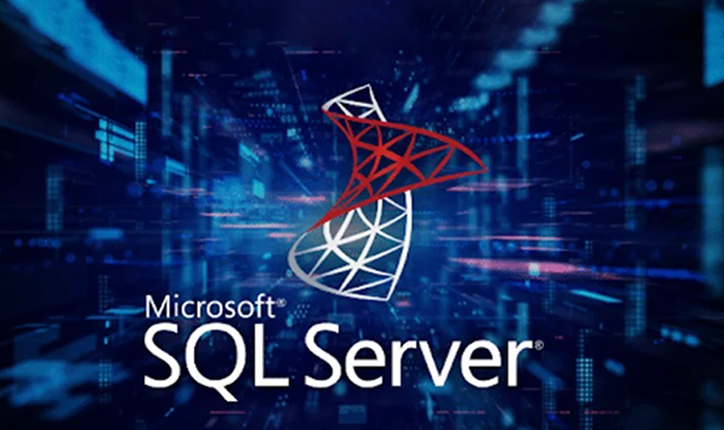
SharePoint is a platform that aids a lot of enterprises in streamlining their routine activities. It also inculcates efficient working and flair of transparency for the firm. Most of the workers and employees find it exceedingly simple to work with it as it enhances the collaboration between them within the enterprise. When you decide to take up this platform for your own organization, there are a number of things you need to consider before installing the software.
There are a couple of things in computing which are just super hard (layout numbering in Word springs to mind), however few are harder than installing and configuring SQL Server Reporting Services (otherwise called SSRS).
When you install SQL Server, tick boxes will show up asking you whether you need to install different segments, for example, Analysis Services and Integration Services. In the event that the Reporting Services tick box is turned gray out, it’s probably on the grounds that you haven’t installed and configured IIS.
If so, cancel out the process and do the accompanying:
The other frequent zone where you can come unstuck is in sending your reports from BIDS (the Visual Studio report planning application). The first thing you need to discover is what your report server is called. The most straightforward way to do this is to run SQL Server Reporting Services Configuration.
When you realize what your report server is called, you have to go into your project’s properties in Visual Studio, and set the Target Server Url. Regularly this will be http, trailed by the name of your server (just local host will do in case you’re running reports all alone PC), trailed by the name of the report server.
Once you’ve introduced SSRS effectively, set your target server URL to be the right report server regardless you have issues, consult the experts.